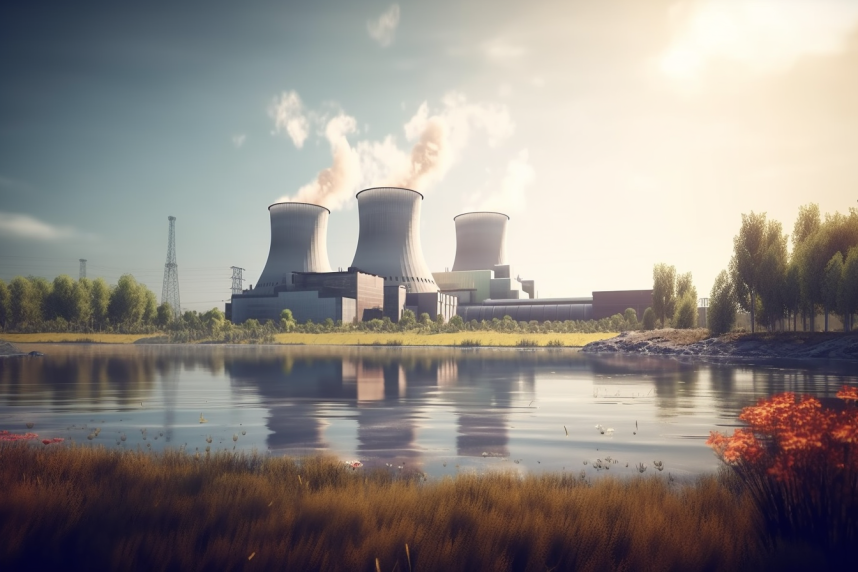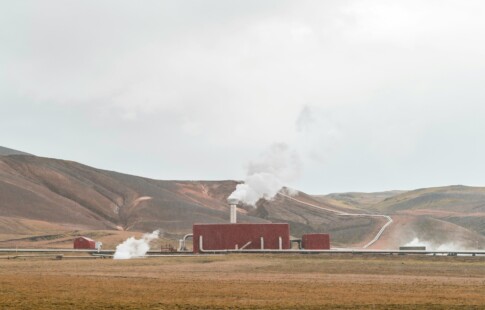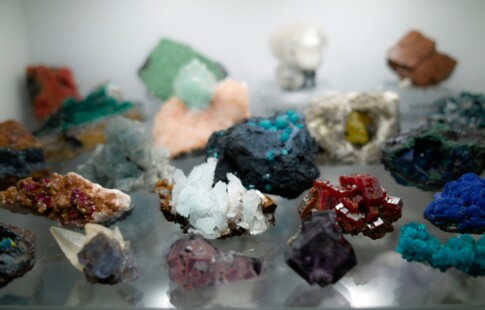
Sustainability and Efficiency of Nuclear vs. Fossil Fuels
We are reader-supported. When you buy through links on our site, we may earn affiliate commission.
Nuclear energy comes from the energy stored inside atoms — namely uranium atoms. These repeatedly split and merge in a process called nuclear fission. Fossil fuels, on the other hand, produce electricity and energy through burning resources like coal, gas and oil. Currently, nuclear power provides about 10% of the world’s electricity, while fossil fuels produce roughly 80%. But which is more sustainable? And is one more efficient than the other?
Production
To determine whether nuclear energy or fossil fuels are more efficient, you first have to consider the process by which each one produces energy. Nuclear power relies on nuclear fission, a mostly self-sustaining process. Once workers fuel a plant with uranium, they won’t need to refuel it for another 18 to 24 months. And the fuel rods within the reactor can last up to six years before they use up all the fuel. Power plants that rely on fossil fuels like coal or natural gas, however, need a constant flow of fuel to produce energy. That means there’s a continually high demand for fossil fuels. And, since fossil fuels generate most of the world’s power, the economy relies on the use of coal and natural gases as well.
Proficiency
In addition to having a more sustainable production process, nuclear energy also uses a smaller amount of fuel to create more energy, making it more efficient than fossil fuels. A single pellet of uranium weighing six grams contains the same amount of energy as 17,000 cubic feet of natural gas, 149 pounds of oil or one ton of coal. Nuclear has a much higher energy output compared to its fuel intake. A single plant can even fuel an entire city.
Emissions
One of the most substantial advantages of nuclear energy is that it doesn’t release any greenhouse gases. The clouds you see billowing out of plants are nothing but water vapor. Air pollution and the greenhouse effect aren’t a concern like they are for fossil fuels. Moreover, because plants don’t release harmful emissions, there isn’t much negative impact on water or land except when there is a spill, improper waste management or fuel transportation involved.
Furthermore, the toll fossil fuels take on human life is higher than that of all nuclear explosions and accidents combined. About 90% of people are exposed to air pollutants that exceed air quality guidelines and, each year, fossil fuels contribute to roughly 7 million premature deaths. When the energy industry replaced fossil fuels with nuclear power, it prevented more than 1.8 million deaths between 1971 and 2009.
Availability
While nuclear energy may not emit any harmful gases during its energy production processes, the way this industry procures uranium does have negative impacts. Mining the substance entails powerful blasts that bring radioactive material to the Earth’s surface, contaminating the surrounding environment, the air, land and water. Fossil fuel extraction also causes similar harm to the Earth’s landscape and water supply. Thus, mining may not be a sustainable practice for either energy source over the long term. In addition to being difficult to extract, the energy sector also faces the challenge of finding more natural deposits because both rely on non-renewable fuel sources. At the current rate of use, humans have enough uranium to last another 70 to 80 years. However, there’s a possibility of fossil fuels running out in the next 30 years, making nuclear energy more sustainable comparatively.
Which Will Win: Nuclear Vs. Fossil Fuels?
Both fossil fuels and nuclear energy are popular ways of fueling the economy and the world. However, nuclear power is more efficient than fossil fuels regarding fuel input and energy output. And both would be sustainable if there were an unlimited or regenerating supply of fuel. However, they are non-renewable. While nuclear is greener and a better alternative to fossil fuels, eventually, the world will run out of both. While the demand for both fossil fuels and nuclear energy continues to increase, humans are left with the daunting task of finding an alternative to these ever-depleting options. New technologies aimed at making oil and gas cleaner through carbon capture and storage are making waves. And experts in nuclear energy are considering supplementing uranium with a more common element called thorium. However, these technologies are still developing.
Making the Switch to Renewables
Ultimately, the best option is to transition to renewable energy. Already solar, wind and hydraulic power are proving promising alternatives to nuclear and fossil fuels. Over the next year, the renewable job market should increase by 3%, and the fossil fuel market will fall by the same amount. Of course, experts are still working out the logistics of switching to renewable energy. But at least they have another 30 to 80 years to figure it out. And, by then, there may be even better alternatives available.
Share on
Like what you read? Join other Environment.co readers!
Get the latest updates on our planet by subscribing to the Environment.co newsletter!
About the author

Jane Marsh
Starting from an early age, Jane Marsh loved all animals and became a budding environmentalist. Now, Jane works as the Editor-in-Chief of Environment.co where she covers topics related to climate policy, renewable energy, the food industry, and more.





